
There are myriad reasons why one might consider taking up a woodwind instrument. Perhaps the sultry Saxophone in George Michael’s “Careless Whisper” has understandably resulted in your yearning to learn to play the Sax. Perhaps you saw a late night infomercial for Zamfir, Master of the Pan Flute. Maybe listening to the Flute Rock of Jethro Tull has sparked your interest in the woodwind family of instruments. Whatever the reason, these instruments are varied in size, playability, and sound, and this Best Buy guide will help you to begin to navigate through this morass.
What are Woodwind Instruments?
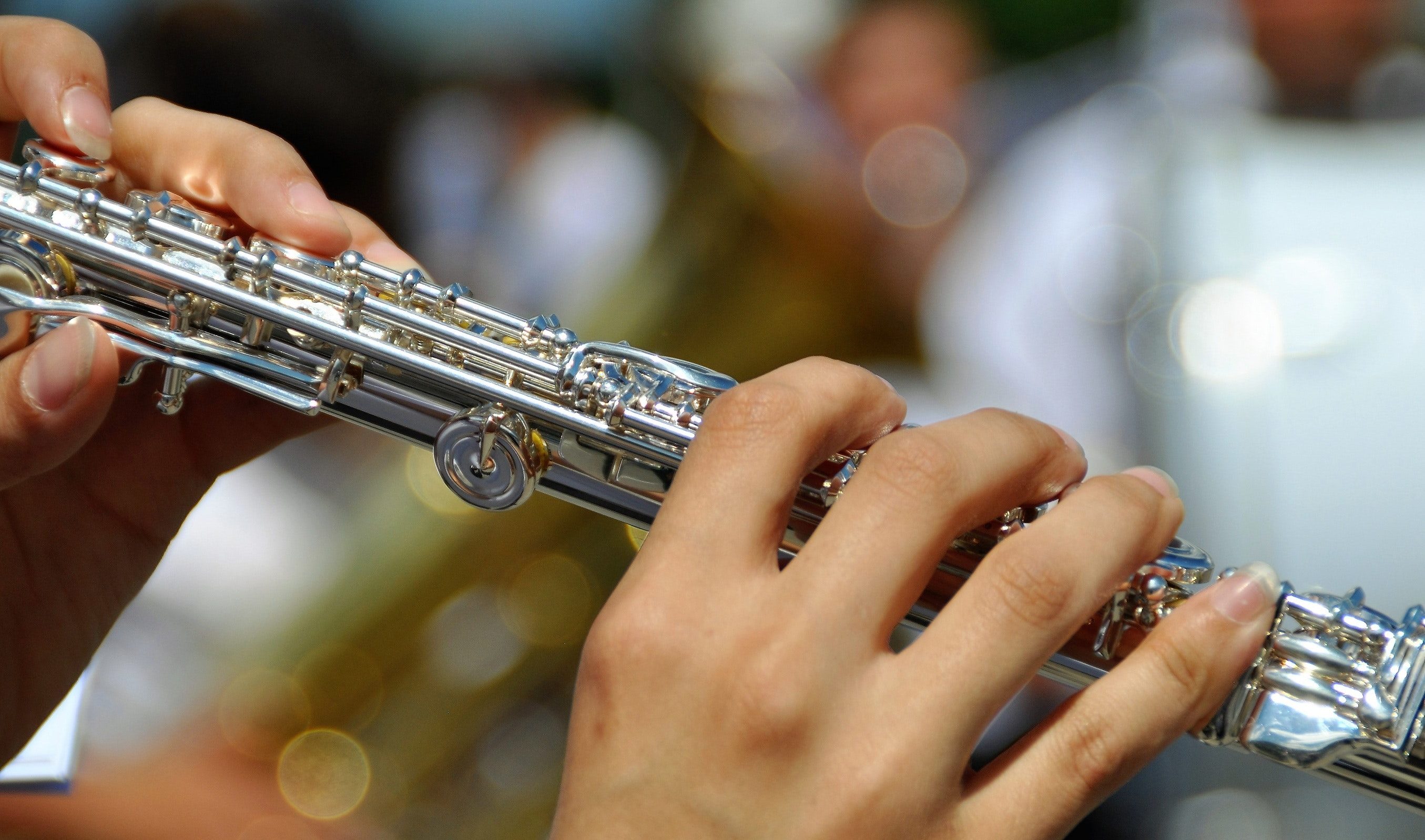 In our modern context, “woodwind” can be a bit of a misnomer, but the name is derived from more ancient instruments that were, at their core, made of wood and required the movement of air (or wind. Get it?) through an area to produce specific sounds. An obvious example of this is the Flute, although most are no longer made from wood. The Flute is said to be at least forty thousand years old, making woodwind instruments amongst the oldest musical instruments that humans have played.
In our modern context, “woodwind” can be a bit of a misnomer, but the name is derived from more ancient instruments that were, at their core, made of wood and required the movement of air (or wind. Get it?) through an area to produce specific sounds. An obvious example of this is the Flute, although most are no longer made from wood. The Flute is said to be at least forty thousand years old, making woodwind instruments amongst the oldest musical instruments that humans have played.
While the Flute is essentially played by blowing air into a tube that vibrates and creates sound, the others within this category employ a “reed” to vibrate and generate sound. The reed is a thin strip of wood (well, technically reeds are manufactured from a cane plant, although they can also be produced from synthetic materials) that is fitted in the instrument’s mouthpiece. It is the reed that vibrates when air is applied.
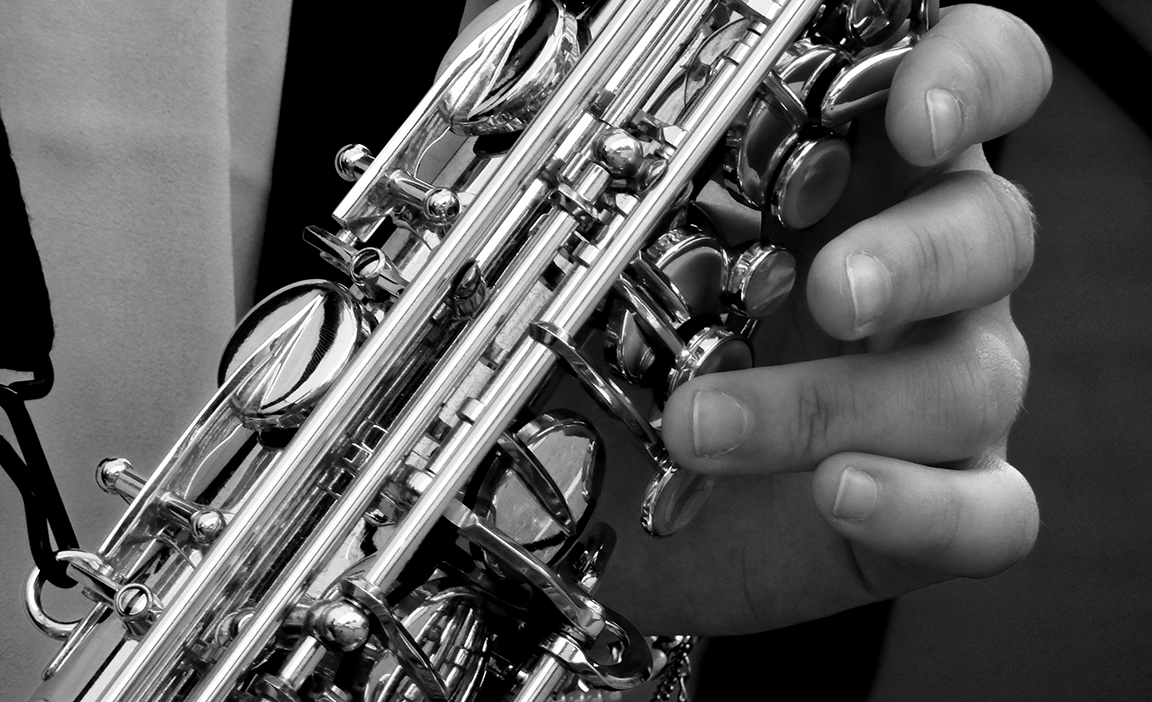 The most popular members of the woodwind family are the Flute, the Saxophone, Clarinet, and Oboe (as well as the various iterations among each of those), although the list is more exhaustive than simply these four. While most will immediately, and appropriately, associate woodwind instruments with classical music and orchestras, they can and do transcend into many other musical genres, as will be explored here. Other woodwind instruments included in this guide are the ubiquitous Recorder and the Harmonica.
The most popular members of the woodwind family are the Flute, the Saxophone, Clarinet, and Oboe (as well as the various iterations among each of those), although the list is more exhaustive than simply these four. While most will immediately, and appropriately, associate woodwind instruments with classical music and orchestras, they can and do transcend into many other musical genres, as will be explored here. Other woodwind instruments included in this guide are the ubiquitous Recorder and the Harmonica.
Flute
 The term Flute actually refers to a family of instruments, although the Western Concert Flute is the instrument most commonly associated with the term. This Flute is reedless and side-blown, whereas a Pan Flute or a Turkish Kaval are end-blown (just as it sounds, air is blown into the end where it vibrates and produces sound). A Western Concert Flute is another side-blown instrument. Other key members of the Flute family are the Piccolo and the Fife, which are also side-blown. The Piccolo is a Flute variant that is approximately half sized. The Fife is also smaller than a traditional Flute, and is commonly associated with military music and marching bands.
The term Flute actually refers to a family of instruments, although the Western Concert Flute is the instrument most commonly associated with the term. This Flute is reedless and side-blown, whereas a Pan Flute or a Turkish Kaval are end-blown (just as it sounds, air is blown into the end where it vibrates and produces sound). A Western Concert Flute is another side-blown instrument. Other key members of the Flute family are the Piccolo and the Fife, which are also side-blown. The Piccolo is a Flute variant that is approximately half sized. The Fife is also smaller than a traditional Flute, and is commonly associated with military music and marching bands.
 Some of the important features of the Flute include the fact that it is small and portable. A Flute is relatively easy to learn to use and play, and its maintenance is minimal. Simply ensure that you have brushed your teeth before playing, and when you are done, swab the Flute before putting it away. Also, Flute sheet music is quite easy to read.
Some of the important features of the Flute include the fact that it is small and portable. A Flute is relatively easy to learn to use and play, and its maintenance is minimal. Simply ensure that you have brushed your teeth before playing, and when you are done, swab the Flute before putting it away. Also, Flute sheet music is quite easy to read.
Clarinet
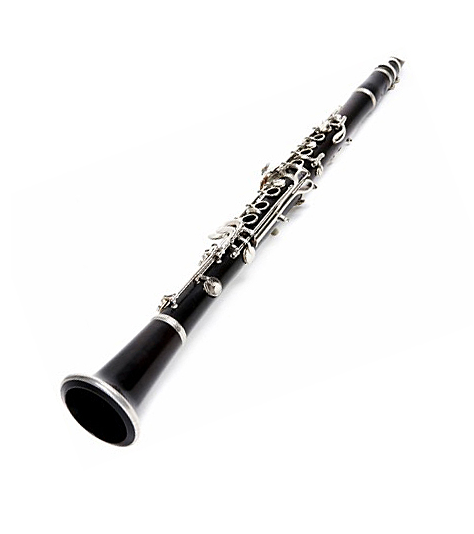 A mainstay of the school of orchestra, the Clarinet has a single reed mouthpiece and is affordable, portable, and crosses over into many different styles of music. The standard Clarinet is the Bb (this denotes the key) and is generally where new players are recommended to begin. As such, this is the most popular clarinet in play today. This Bb’s appeal lies, at least in part, in its versatility (as it is used in orchestras, wind ensembles, Jazz, and as a solo woodwind in other configurations). Hey, even the Beatles incorporated some Clarinet into their Sgt Pepper album. The A Clarinet is the “standard orchestral” version but is not employed outside of that rather narrow focus.
A mainstay of the school of orchestra, the Clarinet has a single reed mouthpiece and is affordable, portable, and crosses over into many different styles of music. The standard Clarinet is the Bb (this denotes the key) and is generally where new players are recommended to begin. As such, this is the most popular clarinet in play today. This Bb’s appeal lies, at least in part, in its versatility (as it is used in orchestras, wind ensembles, Jazz, and as a solo woodwind in other configurations). Hey, even the Beatles incorporated some Clarinet into their Sgt Pepper album. The A Clarinet is the “standard orchestral” version but is not employed outside of that rather narrow focus.
If starting to play at a particularly young age (with small frame and hands), then an Eb or a C Clarinet would likely work better as they are shorter and would thus be easier to handle while learning. If opting for one of these models, remember that the sheet music is in a different key (as each model of Clarinet has specific sheet music). The value of the C Clarinet here is that while it is not as short as the Eb model, since its sheet music is in the key of C, you can use sheet music for a Piano, Oboe, or Flute (as they are also in C).
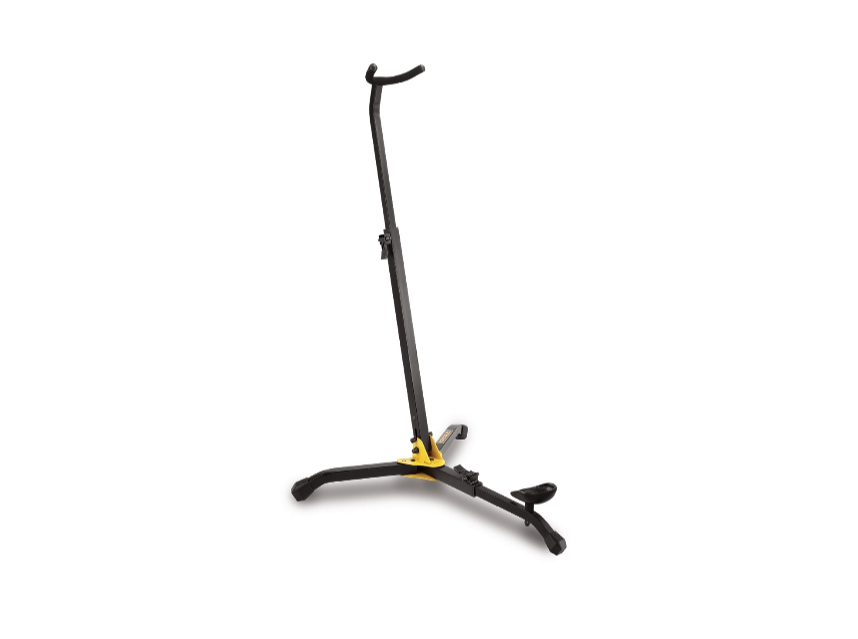 Once you’ve decided on the model of Clarinet you are going to play, then you will need to consider a few accessories. You will likely want a sling to hold the weight of the Clarinet, especially if you are a younger musician. Even if you plan to perform without a sling/strap, practicing with one enables you to practice and play longer with less exertion. You will also want some polishing cloths, cork grease, a stand, and a pull through. The cork grease makes putting together your clarinet almost effortless, and the pull through will keep your instrument in prime condition by removing moisture after each use.
Once you’ve decided on the model of Clarinet you are going to play, then you will need to consider a few accessories. You will likely want a sling to hold the weight of the Clarinet, especially if you are a younger musician. Even if you plan to perform without a sling/strap, practicing with one enables you to practice and play longer with less exertion. You will also want some polishing cloths, cork grease, a stand, and a pull through. The cork grease makes putting together your clarinet almost effortless, and the pull through will keep your instrument in prime condition by removing moisture after each use.
Saxophone
 The Saxophone, commonly referred to as simply the “Sax,” was originally made from wood, although they are now primarily fabricated from brass. If you ever require a great piece of useless trivia, the Saxophone was in fact created in the 1840s by a gentleman named, yes, it is true, Adolphe Sax. The Sax is a single-reed instrument with a mouthpiece (similar to the clarinet), a cone-shaped body, and keys that the musician uses to open and close holes on the body, which allows for different sounds to be produced. The Sax has been popularized in recent decades by such luminaries as former American President Bill Clinton, Jazz superstars including John Coltrane and Charlie Parker, Clarence Clemons from Bruce Springsteen’s E Street Band, and American smooth Jazz master Kenny G.
The Saxophone, commonly referred to as simply the “Sax,” was originally made from wood, although they are now primarily fabricated from brass. If you ever require a great piece of useless trivia, the Saxophone was in fact created in the 1840s by a gentleman named, yes, it is true, Adolphe Sax. The Sax is a single-reed instrument with a mouthpiece (similar to the clarinet), a cone-shaped body, and keys that the musician uses to open and close holes on the body, which allows for different sounds to be produced. The Sax has been popularized in recent decades by such luminaries as former American President Bill Clinton, Jazz superstars including John Coltrane and Charlie Parker, Clarence Clemons from Bruce Springsteen’s E Street Band, and American smooth Jazz master Kenny G.
While often associated with Jazz music (or one of its sub-genres), the Saxophone is also a mainstay in military bands, modern orchestras, swing bands, Be-bop, Blues, Funk, and Rock music. It isn’t odd to hear a Saxophone in almost any style of music at this point. Like the Clarinet, there are different configurations of the Saxophone available, which are also based on their size and the key they play in. The four most common types (there are several others) are the Tenor, Alto, Baritone, and Soprano. The Tenor Sax is likely the version that most people conceive of when they think about a “Saxophone”. The Tenor Sax is the one generally used in both Rock and Jazz music, and it is fairly big, with only the Baritone Saxophone being larger. It has a large mouthpiece and is in the key of Bb.
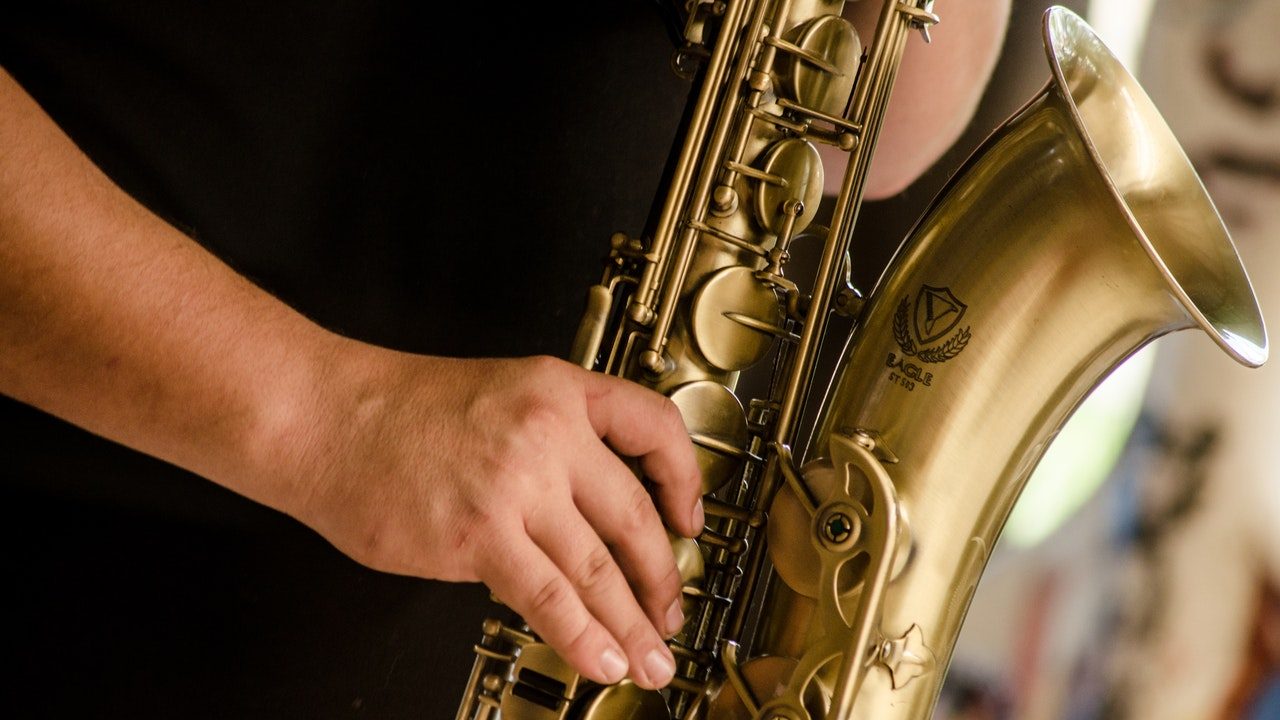 The Alto Sax is smaller and often the beginner Saxophone for most younger players (as its smaller size and mouthpiece makes it easier to learn and practice on). The smaller size also makes it more comfortable and easier to handle for younger students. The Alto Sax is in the key of Eb and is often the Saxophone in a school band.
The Alto Sax is smaller and often the beginner Saxophone for most younger players (as its smaller size and mouthpiece makes it easier to learn and practice on). The smaller size also makes it more comfortable and easier to handle for younger students. The Alto Sax is in the key of Eb and is often the Saxophone in a school band.
The Soprano Saxophone can be curved in a J shape like Tenor or Alto Saxophones, but it can also be straight, looking more like a clarinet. It is even smaller than the Alto Sax. The Soprano Saxophone is in the key of Bb and is primarily used in Chamber music or Classical music.
The Baritone is the monster of the group and is low-pitched in the key of A. You will see or hear the Baritone Sax in marching bands, Classical music, military bands, Chamber music, or even in Jazz and big bands. You will want to consider a few accessories with your Saxophone. These include reeds, a comfortable strap that goes around your neck, a stand, cork grease, and a pull through or a swab. Once you learn to play and read music, then sheet music is of the essence.
Oboe
 The Oboe is a double reed instrument in the woodwind family of musical instruments. Tonally, the Oboe is somewhat high-pitched and is generally described as being “bright” and “penetrating”. It is a long, straight, end-blown instrument that is primarily heard in Classical or Baroque music but is also found occasionally in Jazz, Folk, or in film scores. It also isn’t out of place in a decent Rock song either, as the Carpenters or Genesis can attest. Accessories to consider include reeds, a strap, a polishing cloth, a swab to clean the interior of the instrument after every use, cork grease for the fitted joints, and a stand.
The Oboe is a double reed instrument in the woodwind family of musical instruments. Tonally, the Oboe is somewhat high-pitched and is generally described as being “bright” and “penetrating”. It is a long, straight, end-blown instrument that is primarily heard in Classical or Baroque music but is also found occasionally in Jazz, Folk, or in film scores. It also isn’t out of place in a decent Rock song either, as the Carpenters or Genesis can attest. Accessories to consider include reeds, a strap, a polishing cloth, a swab to clean the interior of the instrument after every use, cork grease for the fitted joints, and a stand.
Harmonica
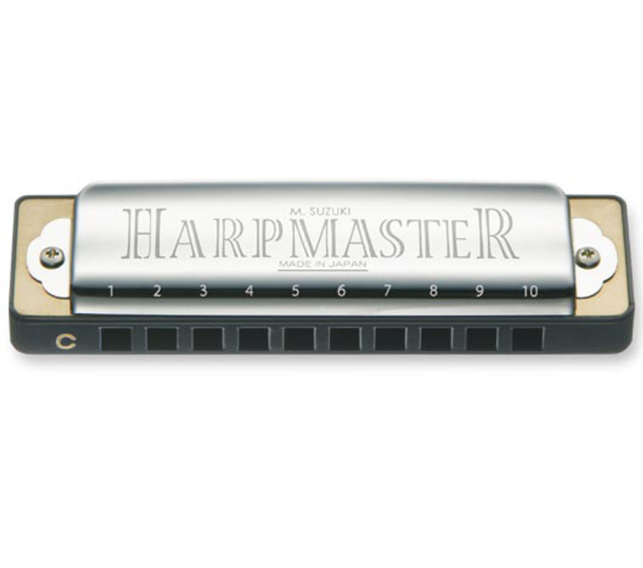 A “free reed wind instrument,” the Harmonica, is a small, handheld instrument that is played by holding it to your mouth and blowing air directly into it. Harmonicas are pre-tuned and are purchased according to the pitch you will be playing it in. Musically the Harmonica is associated with Blues music, as well as Folk music, Country music, Rock music, and even Jazz.
A “free reed wind instrument,” the Harmonica, is a small, handheld instrument that is played by holding it to your mouth and blowing air directly into it. Harmonicas are pre-tuned and are purchased according to the pitch you will be playing it in. Musically the Harmonica is associated with Blues music, as well as Folk music, Country music, Rock music, and even Jazz.
Most Harmonica players, at least in a band type scenario, play directly in front of a microphone to amplify the sound and increase the volume. Modern Harmonica players use amps and effect processors to provide delay, tremolo, or pitch shifting, amongst others. A neck rack allows the Harmonica to sit hands-free in front of the musician’s mouth, allowing them to also play another instrument.
Recorder
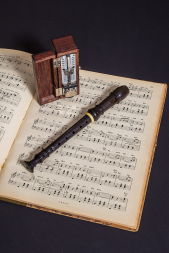 I assume that every Canadian elementary school student in at least the past half-century has encountered the Recorder at some point. The Recorder may be what has singlehandedly kept Twinkle Twinkle Little Star in the public consciousness. A woodwind instrument, the Recorder is slightly different from what we have discussed so far in that it is a hybrid of the others’ different features. It does not have a reed, but it does have a mouthpiece that functions as a whistle. It is straight like a flute and has finger holes along the body, but it is end-blown. The Recorder is the one traditional woodwind instrument that is still often made from wood, although you can certainly buy models crafted from synthetic materials.
I assume that every Canadian elementary school student in at least the past half-century has encountered the Recorder at some point. The Recorder may be what has singlehandedly kept Twinkle Twinkle Little Star in the public consciousness. A woodwind instrument, the Recorder is slightly different from what we have discussed so far in that it is a hybrid of the others’ different features. It does not have a reed, but it does have a mouthpiece that functions as a whistle. It is straight like a flute and has finger holes along the body, but it is end-blown. The Recorder is the one traditional woodwind instrument that is still often made from wood, although you can certainly buy models crafted from synthetic materials.
An instrument with a lineage to the Middle Ages, the Recorder is very small, light, inexpensive, and fairly easy to pick up and play, which is likely why it has been the school’s go-to instrument to introduce children to during their music education. The Recorder comes in different tonal ranges, with Alto, Tenor, Soprano, and Bass Recorders being the most common. If choosing the Recorder as your woodwind instrument of choice, there are a few accessories to keep in mind. A Recorder bag is an inexpensive way to store and protect your instrument when not in use. As with almost all woodwind instruments, you also need to remember that after playing your Recorder, it needs to be cleaned inside to get rid of dirt, residue, and especially moisture. This is done with a “Recorder cleaning mop” that swabs through the body of the instrument to get the job done.
Other Woodwinds
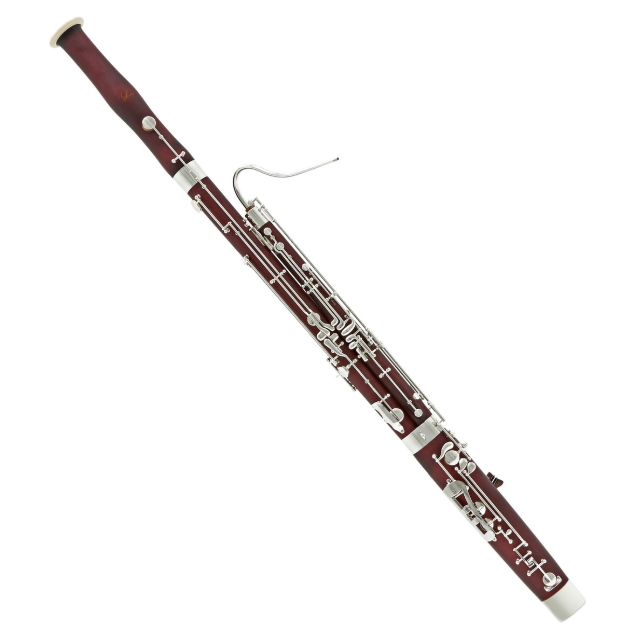 Some of the other instruments in the woodwind family (likely not as popular, but potentially more unique and obscure, and perhaps even more interesting or appealing?) include the Bassoon, Bombard, Claghorn, Fipple, Melodica, and the Pommer, among a few others. There are many choices and a myriad of reasons why one might select the instrument that they do.
Some of the other instruments in the woodwind family (likely not as popular, but potentially more unique and obscure, and perhaps even more interesting or appealing?) include the Bassoon, Bombard, Claghorn, Fipple, Melodica, and the Pommer, among a few others. There are many choices and a myriad of reasons why one might select the instrument that they do.
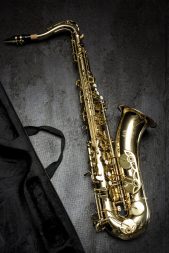
There are many things to consider when deciding to purchase a woodwind instrument. These include cost, the age of the musician, playability, noise, portability, musical genre, space required to play and/or store the instrument, and the current skill level of the musician. It doesn’t make sense to spend thousands of dollars on a professional clarinet for a nine-year old that wants to learn but has never picked one up before. After some time, as they grow both physically and musically, it is always easy to upgrade the instrument. Conversely, if the goal is to play the saxophone in a Jazz ensemble and you already have a history with the instrument from your days in a high school band, you could certainly spend a bit more money to ensure you have a quality instrument to meet your needs in that context.
Take the next step
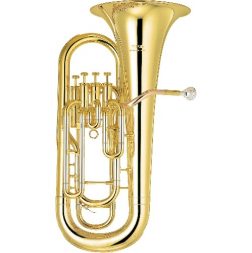 Working your way through this minefield of instruments and considerations can be daunting, but always remember that it’s also supposed to be fun. Music is the one universal language that all humans share, and a woodwind instrument can help you to stake your claim in this glorious world. So put together a pros and cons list, consider all aspects of the instrument and your life, and then do it. You’ll be glad you did. Have fun! Check out Best Buy’s assortment of woodwind instruments and accessories.
Working your way through this minefield of instruments and considerations can be daunting, but always remember that it’s also supposed to be fun. Music is the one universal language that all humans share, and a woodwind instrument can help you to stake your claim in this glorious world. So put together a pros and cons list, consider all aspects of the instrument and your life, and then do it. You’ll be glad you did. Have fun! Check out Best Buy’s assortment of woodwind instruments and accessories.



